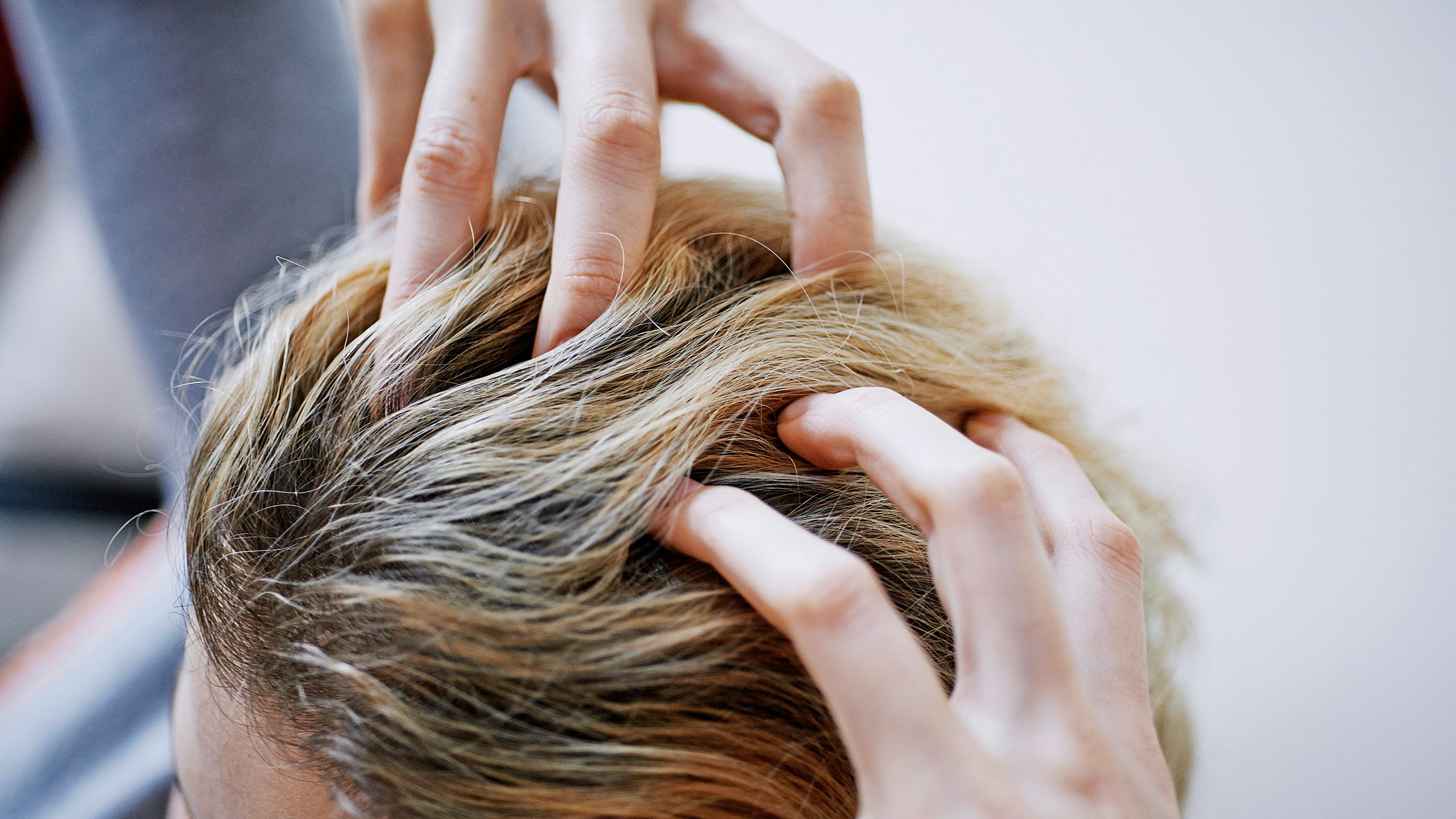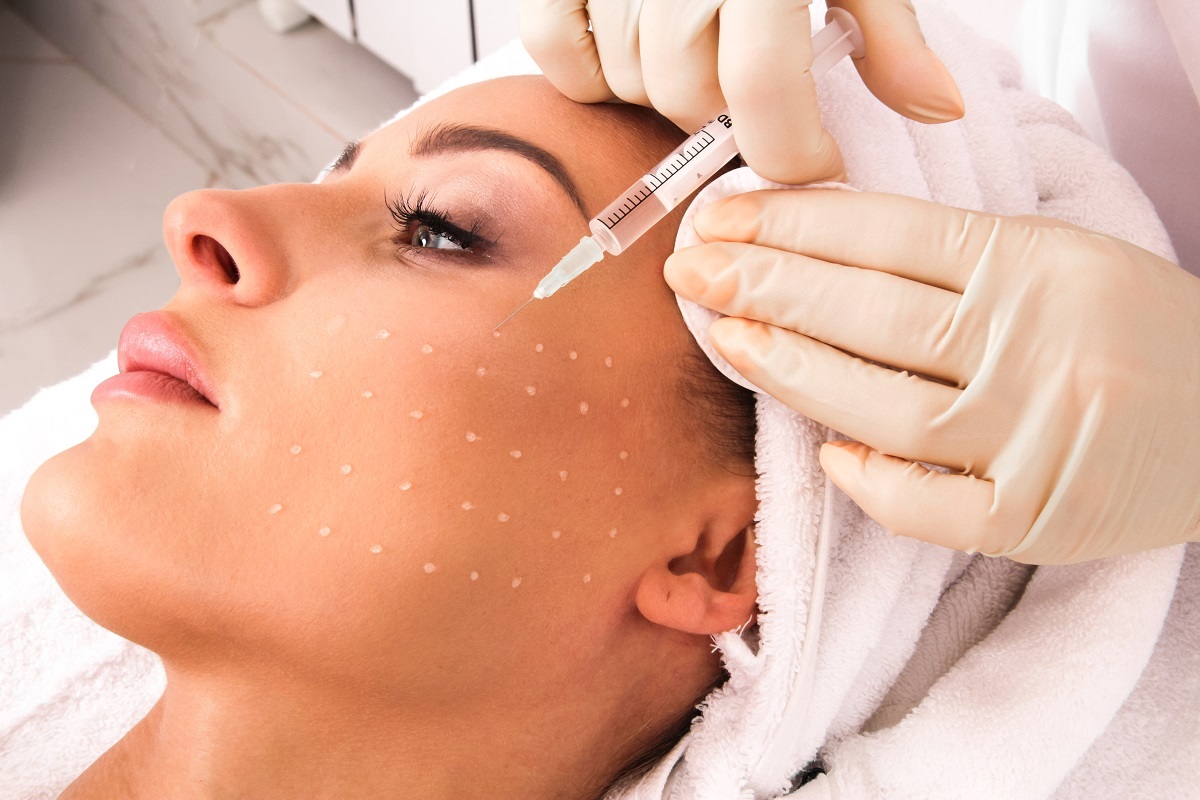If you’re starting to notice a visible thinning or bald patch forming on the crown of your head, you’re not alone. Hair loss in the crown area is among the most common patterns of androgenetic alopecia (male or female pattern baldness), and it often goes untreated until significant hair volume is lost. Dynamic Clinic, renowned for its precision and expertise in hair restoration, provides advanced, tailored solutions for individuals seeking natural results and long-lasting transformation. Their specialists thoroughly assess each case to determine the best approach for a Crown Hair Transplant in Dubai.
Understanding Crown Hair Loss
The crown, or vertex area, sits at the top-back portion of the scalp. Hair loss in this region is often subtle at first but can progress into a more noticeable bald spot over time. Many individuals are unaware that this type of hair loss requires a unique treatment approach compared to frontal or receding hairlines due to the crown’s circular growth pattern.

What Is a Crown Hair Transplant?
A Crown Hair Transplant is a specialized procedure aimed at restoring hair in the vertex area using either Follicular Unit Extraction (FUE) or Follicular Unit Transplantation (FUT). This procedure involves the precise transplantation of healthy hair follicles from the donor area (usually the back or sides of the scalp) into the crown to recreate a natural spiral growth pattern. It requires a skilled surgeon experienced in crown anatomy and density distribution.
Top Signs You May Need a Crown Hair Transplant
Recognizing the early signs of crown hair thinning can help you take timely action. Here are the most definitive signs that indicate the need for a Crown Hair Transplant:
Noticeable Thinning or Bald Spot on the Crown
This is the most apparent indicator. If you see a visible patch forming at the crown when looking at the back of your head in the mirror or photos, this may be the right time to consider a transplant.
Difficulty Styling Hair in the Crown Area
When your hairstyle no longer conceals thinning areas, or you notice a lack of volume that styling products can’t fix, it’s a clear sign that hair density has reduced.
Increased Hair Shedding Around the Vertex
If you consistently find more hair in your comb or shower drain and the pattern appears to start from the crown area, it’s a strong signal of localized hair loss that may benefit from surgical restoration.
Visible Scalp Through Hair
If the scalp becomes increasingly visible under natural light in the crown region, it indicates a decline in hair density. This exposure worsens over time if left untreated.
Unbalanced Appearance Due to Frontal Hair Restoration
Many individuals who previously had a frontal hair transplant may later develop noticeable thinning at the crown. To maintain aesthetic balance and symmetry, a crown transplant becomes essential.
Progressive Male or Female Pattern Baldness
If a trichologist or dermatologist has diagnosed you with androgenetic alopecia and your hair loss has reached the vertex, this pattern typically continues without intervention.
Reduced Confidence or Social Discomfort
Hair loss can severely impact self-esteem. If crown thinning is making you self-conscious or causing you to limit social interactions, it’s time to explore restorative options.
How Surgeons Approach Crown Hair Transplants
Crown transplants are among the most technically demanding in the field of hair restoration. At clinics like Dynamic Clinic, board-certified surgeons conduct comprehensive evaluations to design a customized transplant plan. Key factors in their treatment approach include:
- Assessment of Donor Hair Quality: Evaluating if there’s enough healthy hair at the back/sides for effective transplant.
- Customized Graft Placement: Designing a spiral layout to match the natural hair swirl.
- High-Density Implantation: Ensuring adequate follicle count to provide volume without overharvesting.
- Future-Proof Planning: Anticipating progressive loss to preserve donor reserves for potential future sessions.
Unlike frontal areas, the crown requires more grafts to achieve a dense and natural result. The angles and directions are complex, requiring precision to avoid an unnatural appearance.
Benefits of Crown Hair Transplant
- Permanent Solution: Transplanted hair is resistant to DHT (a primary cause of baldness), ensuring long-term results.
- Improved Aesthetic Appearance: Restores a youthful, fuller scalp and balanced profile.
- Natural Growth Patterns: Meticulous placement replicates your original hair’s swirl and direction.
- Enhanced Self-Confidence: Restores confidence in personal and professional interactions.
- Low Maintenance: Transplanted hair can be washed, cut, and styled like natural hair.
Is Crown Hair Transplant Right for You?
You may be a suitable candidate if:
- You are over 25 years of age (younger patients may continue losing hair).
- Your hair loss has stabilized.
- You have realistic expectations.
- You have adequate donor hair on the back or sides of your scalp.
A consultation with a qualified hair transplant surgeon is critical to assess these factors and recommend the ideal approach.
FAQs
Q1: How long does a crown hair transplant take to complete?
A: The procedure may take 4 to 8 hours depending on the number of grafts required. More complex cases involving large bald spots may take longer or require multiple sessions.
Q2: Is the crown harder to treat than other areas?
A: Yes, due to its circular growth pattern and often extensive area of loss, it requires expert planning and execution for natural results.
Q3: When will I see the results?
A: Hair typically starts growing 3–4 months after the procedure. Full results are usually visible between 9 to 12 months.
Q4: Will the transplanted crown hair fall out again?
A: Transplanted follicles are generally resistant to DHT and provide long-lasting results, although ongoing hair loss in untreated areas may still occur.
Q5: Can I combine a crown transplant with other areas of restoration?
A: Yes, many patients undergo full-scalp planning to address the hairline, mid-scalp, and crown in one or staged sessions for overall aesthetic balance.
Final Thoughts
Crown hair loss can be challenging, but it doesn’t have to be permanent. Early recognition and consultation with experienced professionals can prevent further deterioration and restore confidence. Clinics like Dynamic Clinic specialize in personalized, expertly performed Crown Hair Transplant, ensuring you achieve results that look and feel natural.




